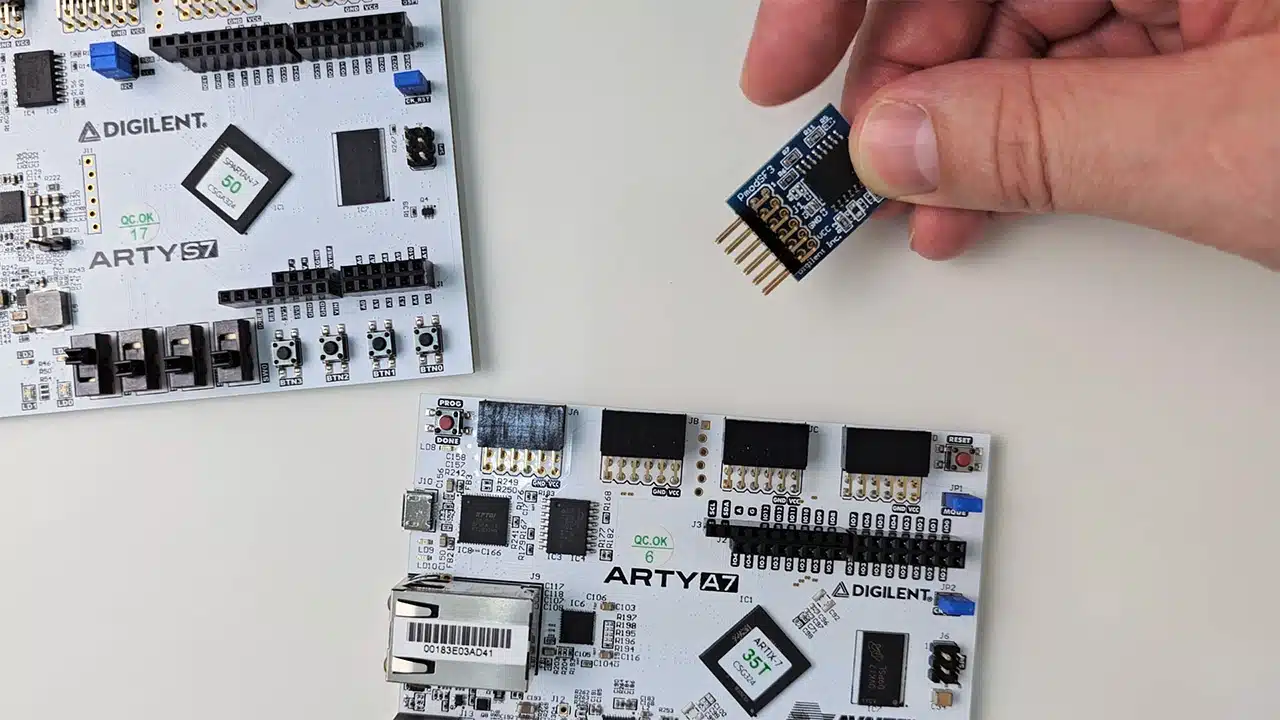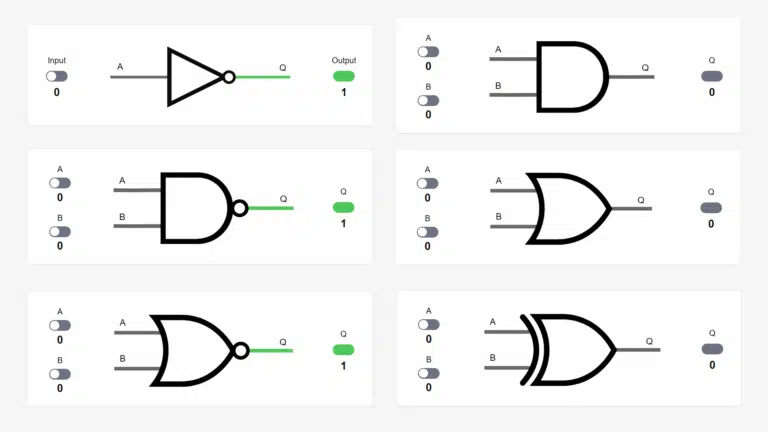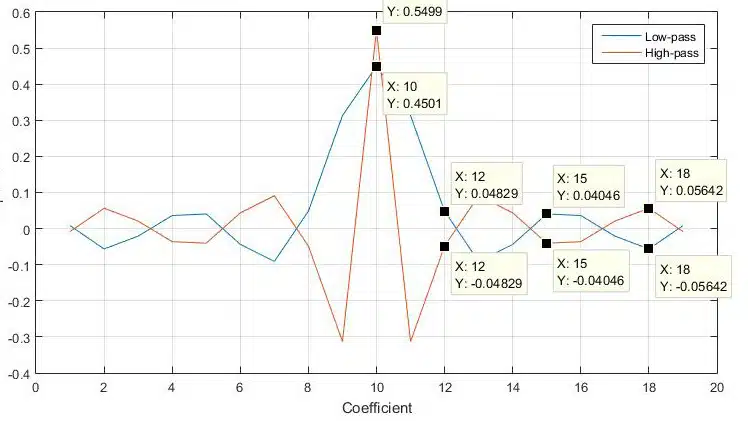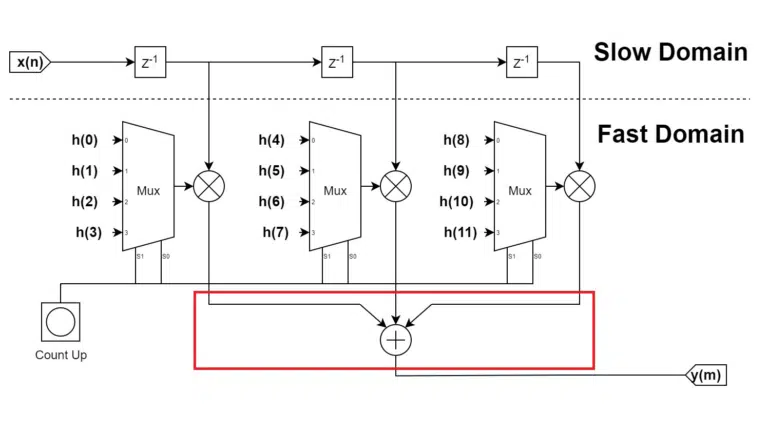The best resource for VHDL engineers
VHDLwhiz’s courses, articles, and resources help you learn and understand advanced concepts within FPGA design.

MONTHLY USERS:
20,000+


Your VHDL resources
Since I started the VHDLwhiz blog in 2017, I’ve published lots of content you can use for learning or in your work. Many things are free, while others are only available in the VHDLwhiz Membership or Shop.
Get free access to the VHDL beginner course material
Fill in the form and check your inbox to get the Zip with VHDL exercises and answers!
Twenty-three lessons and videos are waiting for you.
* You agree to receive email updates from VHDLwhiz.
Unsubscribe at any time.
New in the VHDLwhiz Membership in June 2025
VHDL course: QSPI NOR Flash memory VHDL interface
Learn to create a Flash memory controller in VHDL for storing non-volatile data in FPGA projects. This course covers page program (write), read, and erase operations using the quad SPI bus.
We’ll use the Pmod SF3 module from Digilent, which contains a Micron MT25QL256ABA component, but the methods should work for any QSPI-enabled Flash memory chip.
VHDLwhiz Membership
Why join the membership?
This VHDL training program supports you in becoming successful in programmable logic design. You can always improve your skills.
Courses
You gain access to lots of VHDL and FPGA development courses and videos
Resource library
The resource database of VHDL modules and much more help you in your FPGA design work
Community
Ask questions in the lesson comment sections and join the exclusive Facebook group
New content every month
I will add a new course or resource item to the membership every month

“I am very happy that I am a member of your website. I am addicted to your courses.”
—Member

Tools used:
Questa/ModelSim
Intel Quartus
Xilinx Vivado
Lattice iCEcube2
VS Code editor
Windows & Linux






